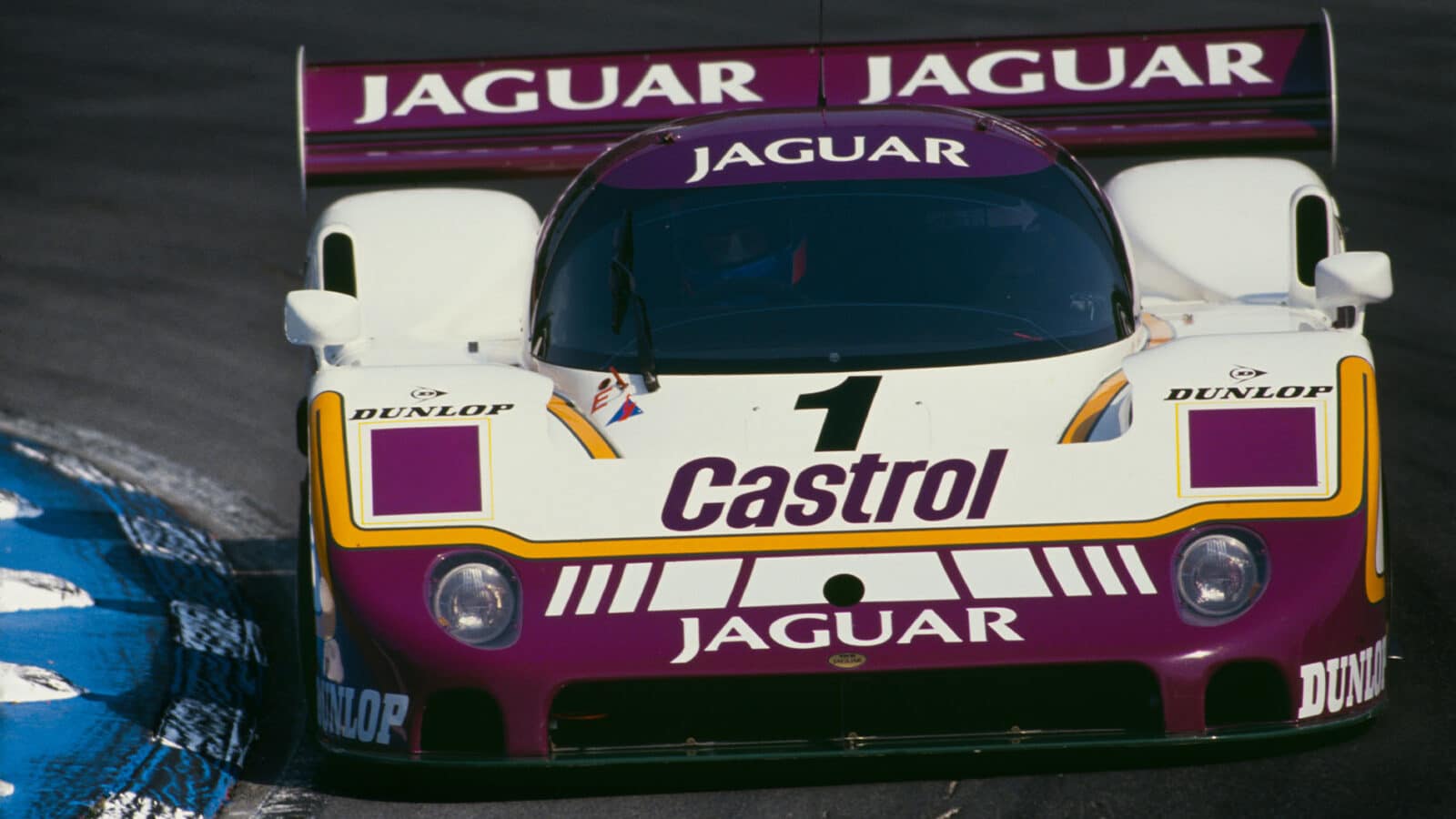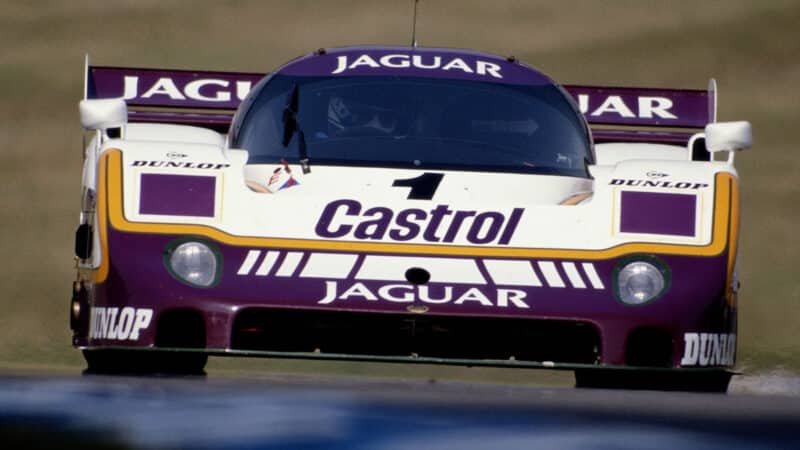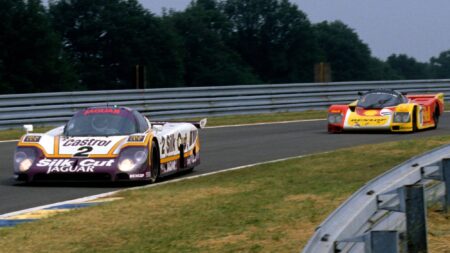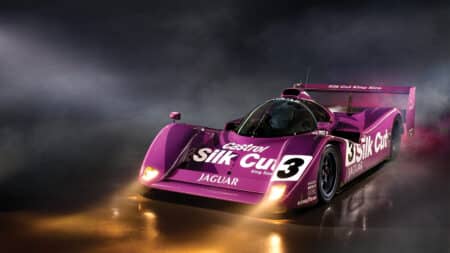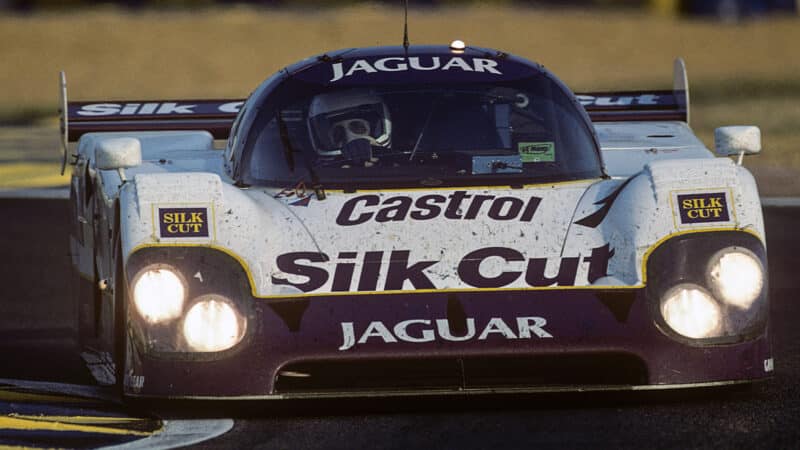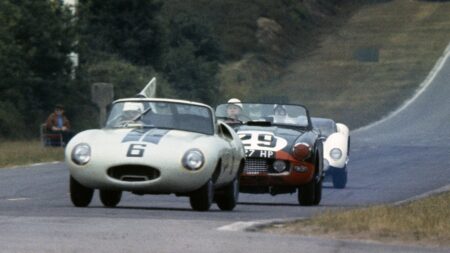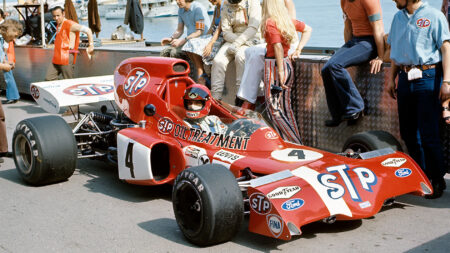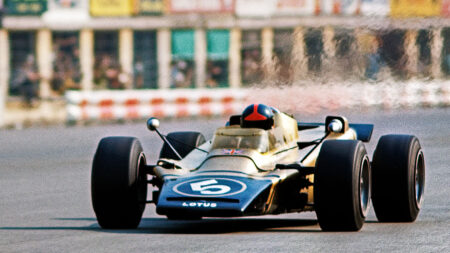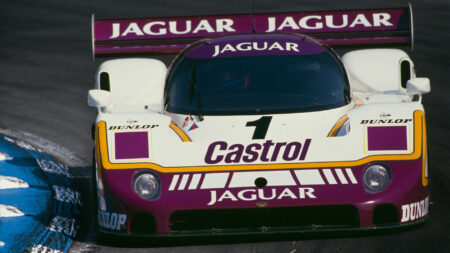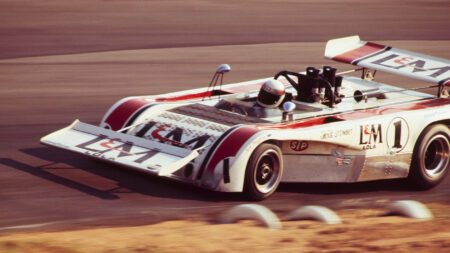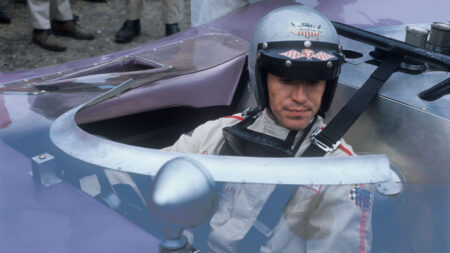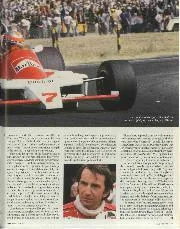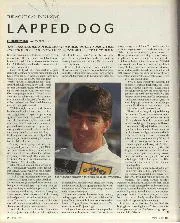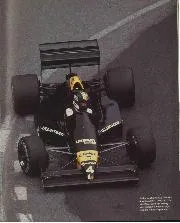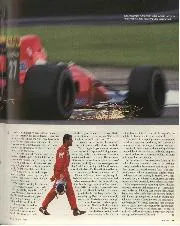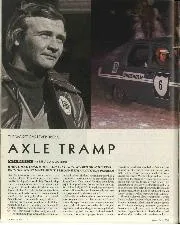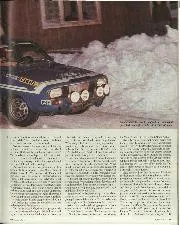The response was fast. Tony Southgate came up with a chassis, known first as the XJR10 in IMSA guise, and then as XJR11 when it raced in Europe a few weeks later. Meanwhile in double quick time TWR developed a 3.5-litre twin-turbo engine based on the block from the Metro 6R4 rally car, the rights to which had been acquired by Tom for a ‘future road car project.’ That later turned out to be the XJ220…
It was all done in too much of a hurry. Rushed into action in the middle of ’89, the new car proved to be a big disappointment. It didn’t agree with its tyres, and was both uncompetitive and reliable. For the final WSC race in Mexico City, a track known to favour turbos, TWR admitted defeat by going back to the faithful old V12s.
But Walkinshaw had big plans for the car’s second year, including a switch of both tyre and engine management suppliers. Meanwhile he poached designer Ross Brawn and engine wizard Gerd Schumann from Arrows. Despite their best efforts, the 1990 version was hardly any better – much to the disappointment of the returning star driver.
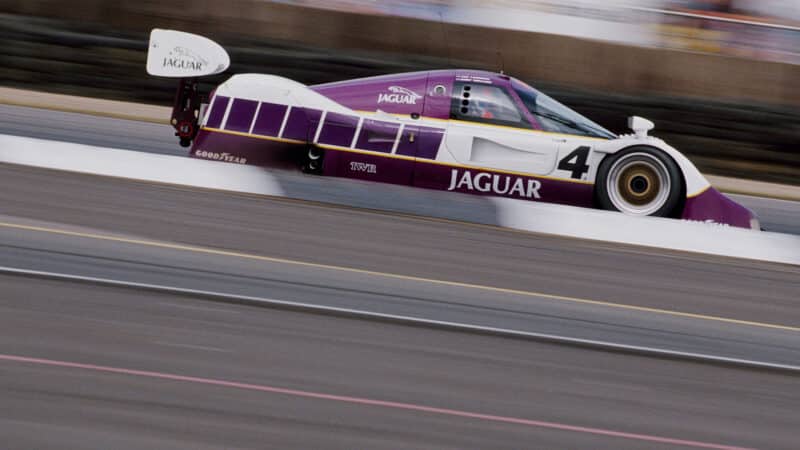
Brundle and Alain Ferté would win at Silverstone in 1990 despite their travails
Getty Images
“I remember testing it for the first time. Halfway round the out lap, you know what a car is like. I had the same feeling with the Jordan 196 unfortunately! It was just horrible. It was just going to fight me from start to finish. It had all the usual problems that go with turbo cars; the heat they generate, the complexity, the poor driveability and lack of throttle response. It was just too thirsty and too unreliable.
“Turbo cars are always off to a bad start when you lift the engine cover, because they are just a mass of tubes, pipes and brackets, and it looks like a Meccano set gone wrong. I remember that Jag having a particularly nasty installation. And we all had to pretend the engine wasn’t based on the Metro…”
